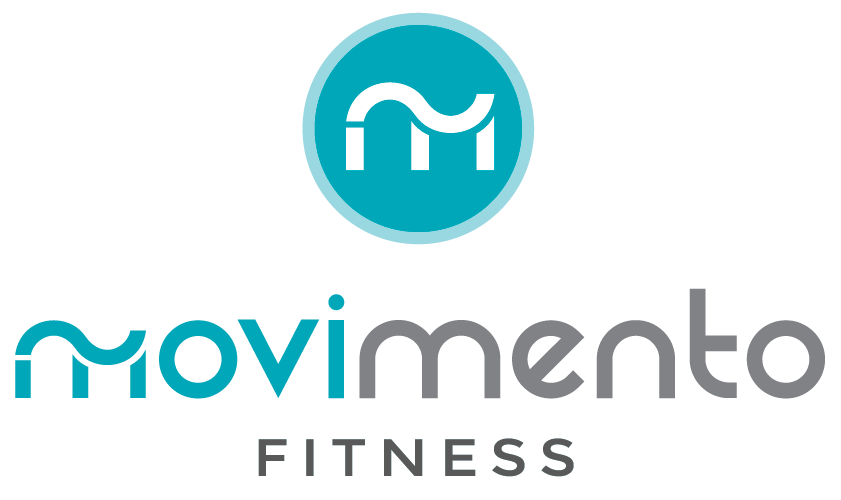[vc_row][vc_column][vc_column_text]We have all felt the ill effects of severe muscle soreness after a bout of exercise in the couple days that followed the workout, whether that’s not being able to lift our arms above our head or struggling to walk up the stairs because the quads are screaming. This muscle soreness we all experience is termed delayed onset muscle soreness (DOMS), which usually appears 12-48 hours following the bout of exercise. There are a few different theories that can explain the cause of DOMS but the leading one is the result of skeletal muscle damage. This suggests that throughout the course of a workout, tears in our muscle fibers are occurring as we perform each exercise throughout the workout. For example, during a squat, the large volume of muscle fibers in the quads, glutes and hamstrings are tearing as we perform each rep of the exercise. This gives us that uncomfortable pain we all have experienced the couple days following exercise, especially at the beginning of a new program or end of a high intensity workout.
An appropriate rest period between workouts is usually 48 hours for the same muscle group and 24 hours for exercises with different muscle groups. This means that if we do an intense lower body day on the Monday, that by Thursday, the lower body will be recovered enough to be prepared for another bout of exercise and if we train the upper body on the Tuesday, our lower body will be recovered to train the following day. For full body workouts like we do here at Movimento, we suggest at least a day of recovery in between bouts of exercise, because we are training the lower and upper body equally for the most part, depending on injuries, needs, goals, etc. A few ways we can alleviate or prevent this insane muscle soreness include:
- Foam rolling and stretching at the beginning, end and BETWEEN workouts
- Making sure we warm-up and cool down properly (ie: movement prep & light recovery on the bike at the end)
- Hydrating properly before, after and throughout your workout (~10 ounces every 10-20 minutes or a 20 ounce water bottle for a 60 minute workout)
- Icing your muscles after a workout can help stave off inflammation and speed up the healing process for your muscles
- Having a protein shake post-workout will help your muscles replenish and help repair any muscle damage that occurred during the workout
- Last but not least, active recovery or light activity on off days are great ways to help with soreness and also helps you burn those extra calories on your off days. Simple activities such as yoga or walking your dog are quick and easy ways to stay active on your recovery days. These simple activities deliver oxygen and blood to your muscles, which actually can speed up the recovery process as well.
To conclude, it is important that our clients know how muscle soreness occurs and what they can do to alleviate or even speed up the recovery process. It’s a common problem for us to mistake soreness for injury, so knowing the process behind muscle soreness and recovery is crucial for clients to understand so that we can always be in peak form for every workout. As mentioned, muscle soreness will almost always be evident, however using the techniques suggested will only help speed up your recovery and maximize your results inside and outside the gym to help you crush your goals and stay healthy and injury free![/vc_column_text][/vc_column][/vc_row]


